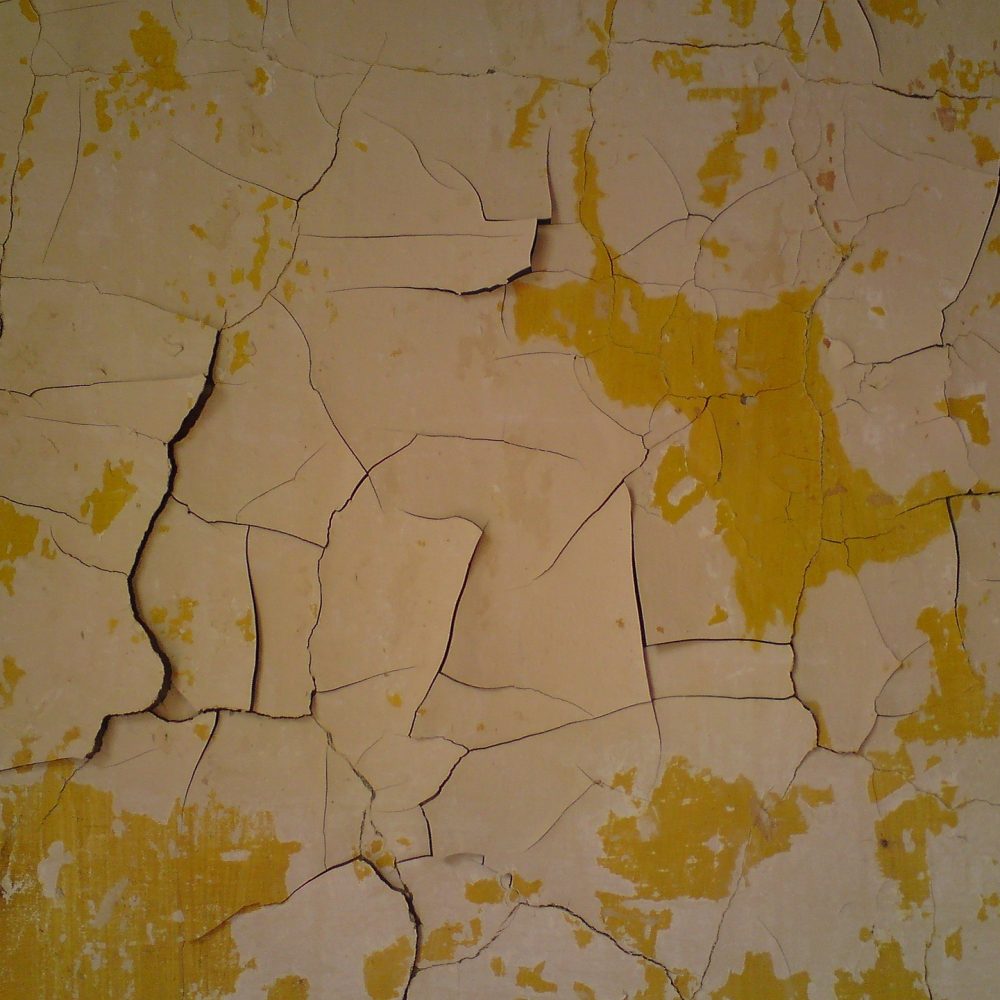
Lead is a dangerous pollutant that can cause detrimental health effects when consumed. Lead (Pb) was banned from most consumer products in the 20th century. However, some products containing lead still exist in our households and communities. Learn more about what products contain lead below.
What is lead?
Lead is a naturally occurring heavy metal that is both sturdy and malleable. This makes it a prime material for consumer products, such as pipes/infrastructure, batteries, children’s toys, paint, and gasoline. Lead can be found in air, water, and soil, as lead dust can broadly travel through the environment.
Why is lead dangerous?
Lead has similar properties to the biologically important element, calcium, which regulates many processes in the body, notably in the brain. When lead is inhaled or ingested, the element can travel into the brain using the same transport pathways that calcium uses. However, when lead enters the brain, it can cause serious neurological problems and developmental delays. Children are particularly susceptible to the deleterious effects of lead, due to their low body weight (less lead required for toxicity), under-developed status (brain and body still growing and developing), and certain behaviors such as hand and mouth activity. In children, negative health impacts of lead exposure include behavior and learning problems, lower IQ and hyperactivity, slowed growth hearing problems, and anemia. Adult exposure to lead can result in cardiovascular effects, decreased kidney function, and reproductive issues.
What laws exist to protect my family from lead exposure?
Fortunately, the United States government has largely recognized the dangerous health impacts of lead, and many lead-containing products have been federally banned. In 1978, the US banned lead paint, and in 1986, the US banned the use of lead pipes. However, developments built prior to these dates may still have legacy lead paint, plumbing or fixtures, so it is important to have an environmental professional test your home if you live in a pre-1970s/80s structure.
In 1995, the US banned the use of leaded gasoline. However, many pre-1995 roadways are still polluted with leaded runoff, which can serve as a source of lead exposure for neighboring communities.
California has also passed extensive lead regulations. In 1986, the State passed the Safe Drinking Water and Toxic Enforcement Act of 1986, otherwise known as Proposition 65. Proposition 65 enacted many safeguards against toxic exposures, including warning labels to be placed on all materials that could cause significant exposure to chemicals that cause cancer, birth defects, and reproductive harm. Thus, if a product could contain lead, the business is required to include a warning label to inform customers of potential adverse impacts.
What should I do if I think I’ve been exposed to lead, and/or I have additional questions?
If you believe you or someone in you home has been exposed to lead, talk to your doctor. Furthermore, if you suspect that your home may contain lead-based materials, consider hiring an environmental specialist to collect samples from your home and conduct laboratory analyses. To learn more about lead and lead exposure, please consult the following US Environmental Protection Agency (EPA), Center for Disease Control (CDC), and California Office of Environmental Health Hazard Assessment (OEHHA) resources, which were used to develop this article:
Proposition 65 – OEHHA (ca.gov)


